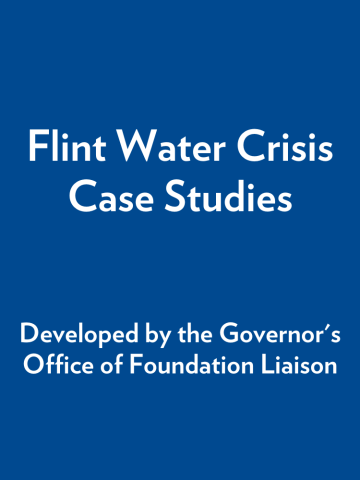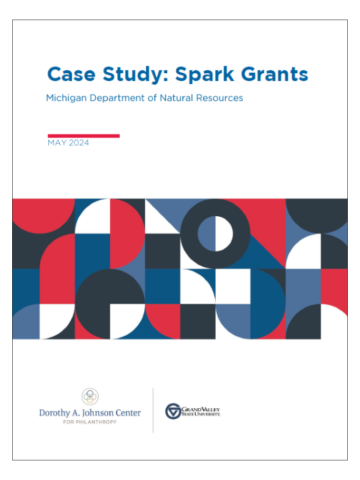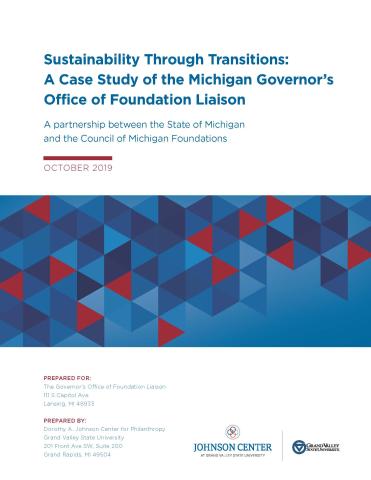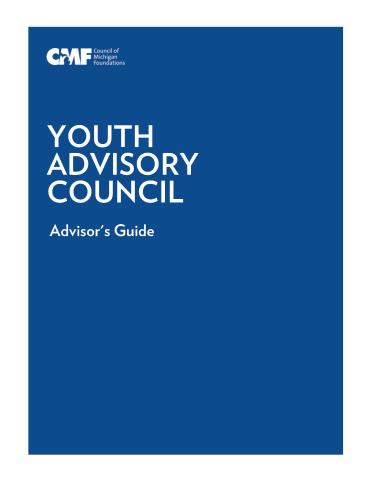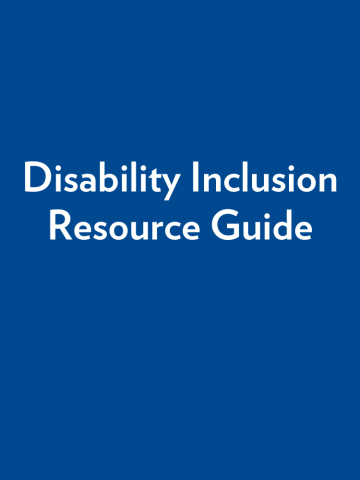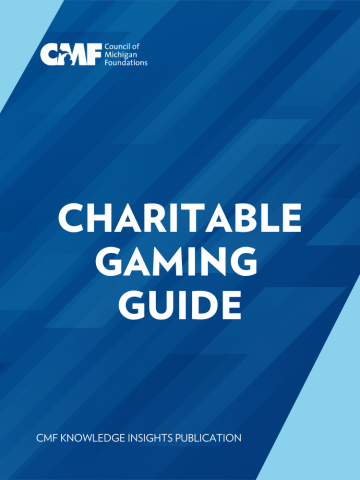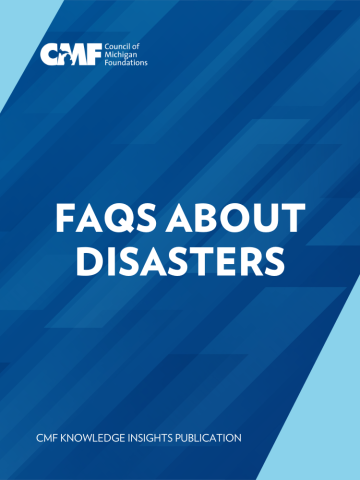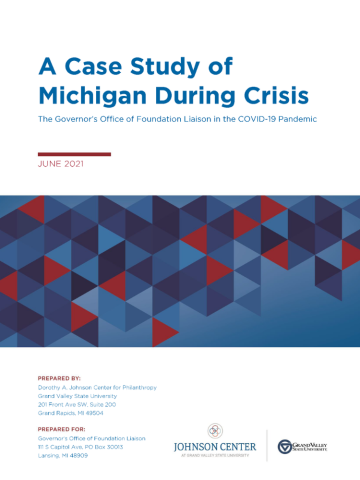11 Trends in Philanthropy
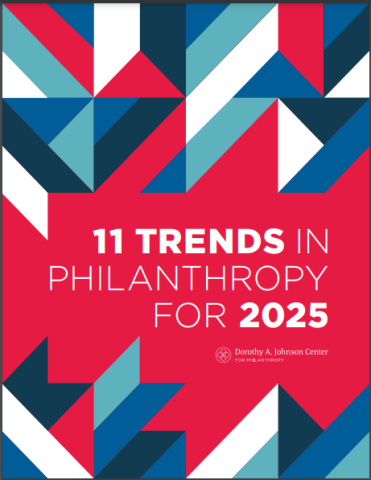
It’s remarkable to think that five years have passed since the world first went into lockdown. One constant remains: the growing demand for the essential services and resources nonprofits provide to help communities thrive. The call to support and sustain these organizations is louder than ever. This year’s 11 Trends report explores many of these issues — attempting to look beyond the pendulum swing and into a future where innovations in philanthropy and community-building may yet achieve the transformations we all hope to see.
